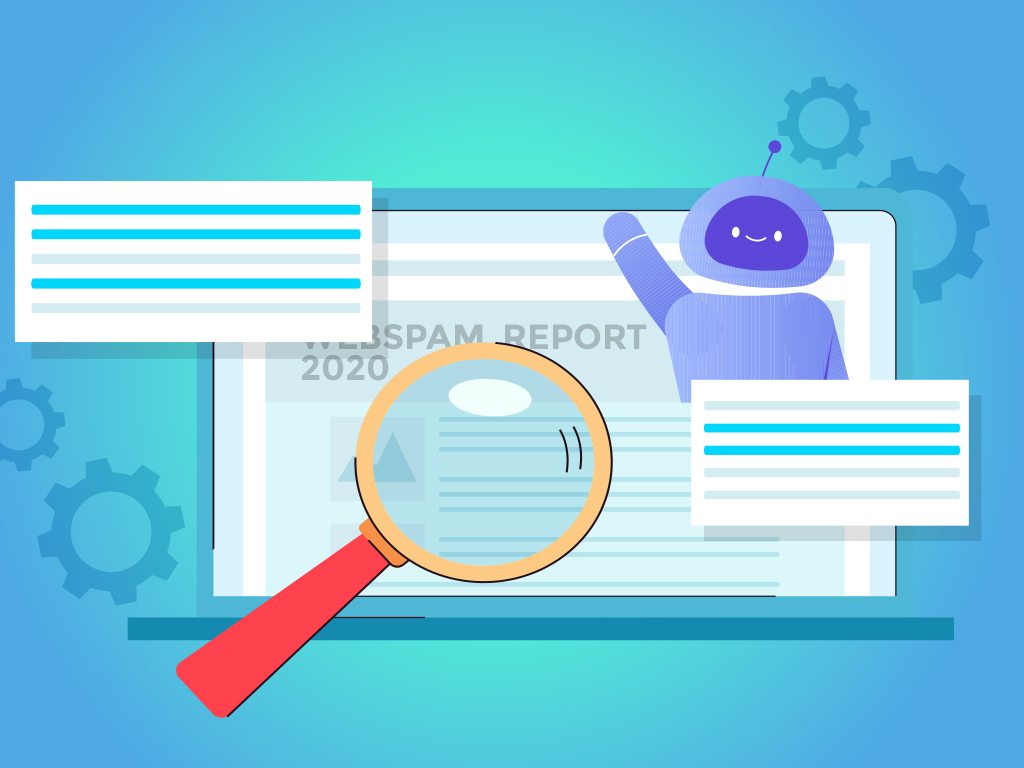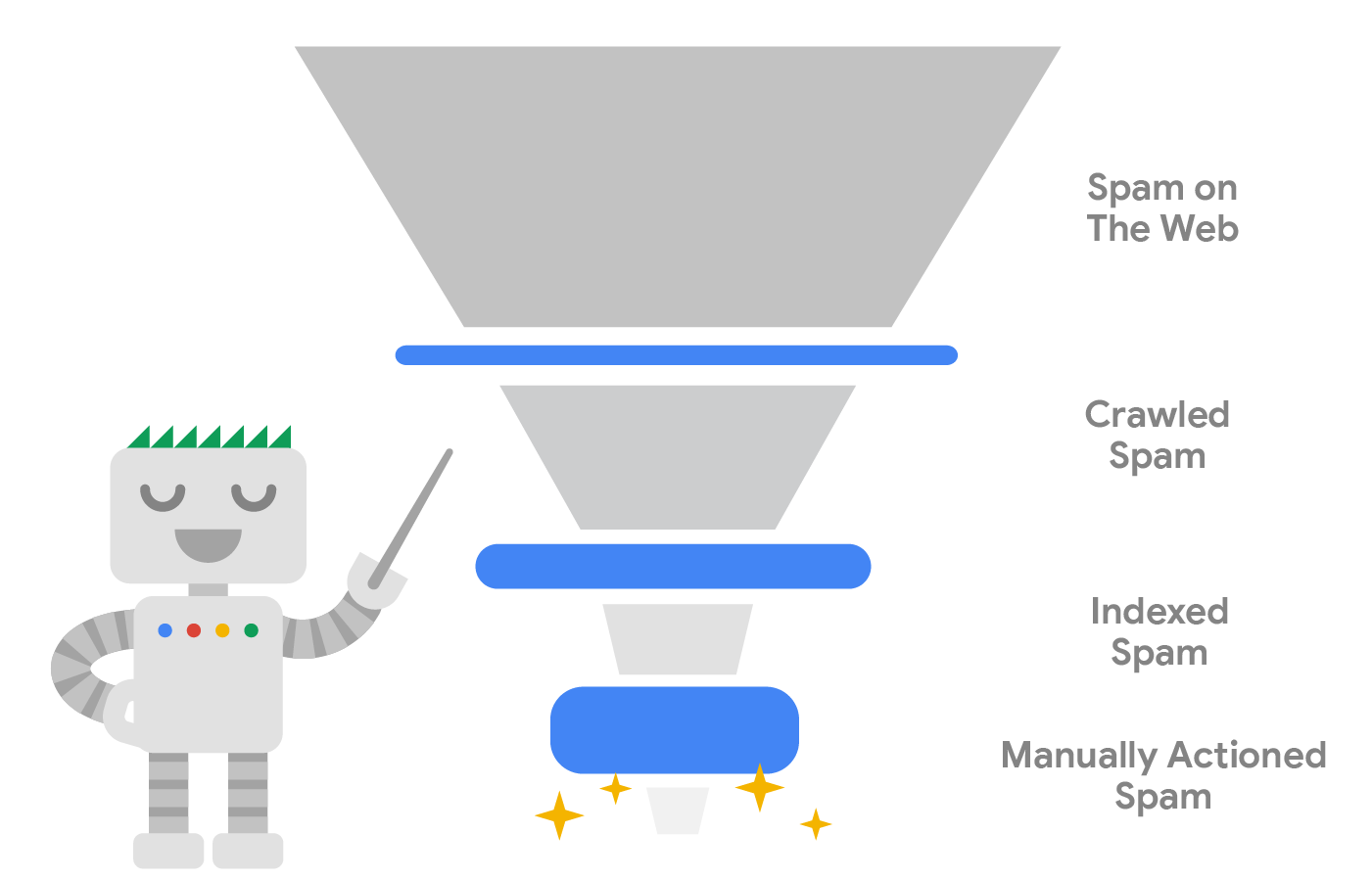Key Takeaways from Google’s Webspam Report 2020

Google has released their annual Webspam Report for 2020 where they disclose information about their fight against spam on the web. Much of the report is the usual but there is still some information here that is interesting and we’ll break it down in this blog post.
More, more, and more Spam
According to the report, Google discovered 40 billion spammy pages every day in 2020. This is 15 billion more than what they reported in 2019. Despite Google’s warnings and efforts against spammers, they just keep rising up in numbers but I personally don’t think that the increase in numbers is alarming since Google is able to do a great job in making sure these spam pages don’t reach the user level.
Amping Up AI to Fight Spam
Google has always been advance when it comes to artificial intelligence and it’s no surprise they’re using it to combat spam. In the last year, Google built their own spam-fighting AI which is a combination of their deep knowledge of spam and their AI capabilities.
According to the report, the spam-fighting AI helped Google reduce websites with auto-generated and scraped content by 80% in 2020. It is quite impressive considering it went up by only 60% from 2018 to 2019.
Website Hack Spam is Still Prominent
Hack spam is one of the most annoying forms of spam as it affects both users and website owners. Not only can it mislead users but also it can negatively affect a website’s rankings if not taken care of. Hack spam was as rampant as ever in 2020 and many websites remain vulnerable to these attacks.
Although Google was only able to improve their detection capabilities by 50%, they claim that they were able to remove most hacked spam from the search results.
I think this is an area where they certainly will be focusing on moving forward but Google can only do so much when it comes to hack spam. When a website gets hacked, Google can only do two primary things; first is to avoid showing hacked pages to users in the search results and second is to inform the webmaster that their website security has been breached through Google Search Console.
The real defense starts with website owners and it is our responsibility to make sure our websites are secure. Taking preemptive measures such as installing security certificates, securing log-ins, and choosing a secure hosting service all matter more, and believe me when I say that money spent here is an investment. It’s much more difficult to clean up hacked pages than setting up these security parameters.
How Spam is Prevented to Reach users

Another interesting piece of information that Google shared in this report is the diagram of how they automatically filter spam in the search results. In the diagram, Google shows that spam can already be identified during the crawling and indexing process. This way, they are already able to filter it so it won’t appear in the search results. According to Google, this automated system allowed them to maintain 99% of organic visits completely spam-free.
Going Beyond Spam
When we say spam, these are usually low-quality pages that are either automatically generated or may be scraped from other websites. However, there are worse types of spam, or what Google calls “scammy websites”, where it may affect users’ financials, privacy, and personal life.
These scams are all around the internet and unknowing users are vulnerable to these scams because they make their websites look legitimate. According to Google, they were able to make significant progress in detecting these online scams. One example that they used is a scam called “customer support scam” or “tech support scam” where scammers pretend to be representatives of a company then trick people seeking help into giving them credit card details and more.
Google’s algorithm makes it so that these kinds of websites won’t appear in the search results although these kinds of websites pop up every day and I’m sure even Google is having a hard time detecting them all. Manual user reports greatly helped this effort and Google encourages people to further educate themselves so they can avoid these scams and other fraudulent activities online.
Joining the Fight Against Spam
As SEOs, marketers, and website owners, we are also responsible in helping the web safe for everyone. Yes Google is on the frontlines but we can also help in small ways by assisting Google in spammy and scammy websites that find its way to search results. If you spot any suspicious websites, you can report them directly to Google by going to this link: Report Spam, Malware, or Paid Links.